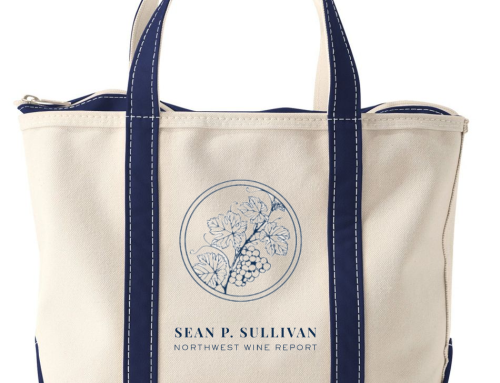
Let me start by reiterating that automated cross-posting between Facebook and Twitter is problematic and should be done with caution. These are vastly different Social Media tools with different uses, users, nomenclature, and etiquette. However, if you’re going to do it, there are things you can do to make your posts more effective.
Note that in all cases below, I am referring to posts going from Facebook to Twitter, which is what I see most wineries doing.
1. Make sure that you are monitoring Twitter for responses to your Facebook posts
For many, the goal of Social Media is to engage people and increase awareness. If you’re cross-posting from Facebook but aren’t looking for responses on Twitter, you’re wasting your time, your followers’ time, and essentially spamming Twitter.
If you don’t have Twitter open frequently or have a smartphone that identifies when someone has sent you an “@” message, set up an alert so you receive an e-mail message when someone mentions your Twitter handle. There are numerous services for this, such as TweetBeep and Twilert.
2. If a significant amount of time has elapsed between someone on Twitter commenting on a Facebook post and your response to them, retweet what the person originally said
Twitter is all about live conversations and interactions. Responding hours and days later removes the context. If much time has gone by – my rule of thumb is a couple of hours – retweet (RT) the original statement for reference. Doing so of course limits your space.
This is perhaps most effective when someone has sent a compliment and you respond by retweeting it and saying simply, “Thanks!” This doesn’t take up much space, provides context, and – best of all – sends out the compliment to your followers.
3. If your Facebook post is just over 140 characters, try to get under Twitter’s character limit
If you’re posting on Facebook and you’re close to Twitter’s 140-character limit, try to get the post to 140. If you don’t, Twitter users are just clicking on the fb.me link to see a couple extra words, which, again, makes them less likely to do so in the future.
4. If your Facebook post is going over 140 characters, make the first 140 count
As I indicated yesterday, there are a number of reasons why people on Twitter are less likely to look at what you’re cross-posting from Facebook. So if you are writing something longer than Twitter’s 140-character limit, try to make the beginning of the post something worth clicking on. That way people on Twitter are more likely to go see the rest of the post on Facebook.
5. If posting a link to an article or website on Facebook, stay under 140 characters!
As I wrote yesterday, any Facebook post longer than 140 characters is going to get truncated in Twitter. Additionally, when people in Twitter click on the link, they are going straight to the article – not to your Facebook page – and won’t see anything you’ve written over the 140 character limit. So make sure to stay under 140- characters when posting links, otherwise everything else you write is getting lost to folks on Twitter.
6. Remember Twitter’s 140 character limit includes the Facebook link!
When you cross-post from Facebook to Twitter, the fb.me link that is created on Twitter may take up to 15 characters, so your actual limit on Twitter is more like 125 characters. Try to stay under 125 characters on Facebook to prevent your posts from getting truncated.
7. Finally, try to post at least some unique content to both Twitter and Facebook
Again, Facebook and Twitter are unique tools. You can get the most out of them by using each of them for what they are good at. This isn’t to say the content can’t be similar, but try to make it as unique as possible. If everything you’re posting on Twitter has a 100% overlap with what you are posting on Facebook – meaning that your only posts on Twitter are Facebook cross-posts, why should your Facebook fans ever follow you on Twitter?
* * *
In summary, if you’re going to automate cross-posting from Facebook to Twitter, think about ways to make these posts more effective. The bottom line is, if your Facebook posts aren’t getting traction on Twitter, it kind of defeats the whole purpose, right?
Related Posts
10 Myths About Wineries, Social Media, and Their Interactions
Ten Questions Wineries Should Ask Before Becoming Involved in Social Media







Great post, Sean. Thanks for sharing. Hope others are reading.
Very cool! I'm sure this can apply to everyone. I know I got a lot out of the blog